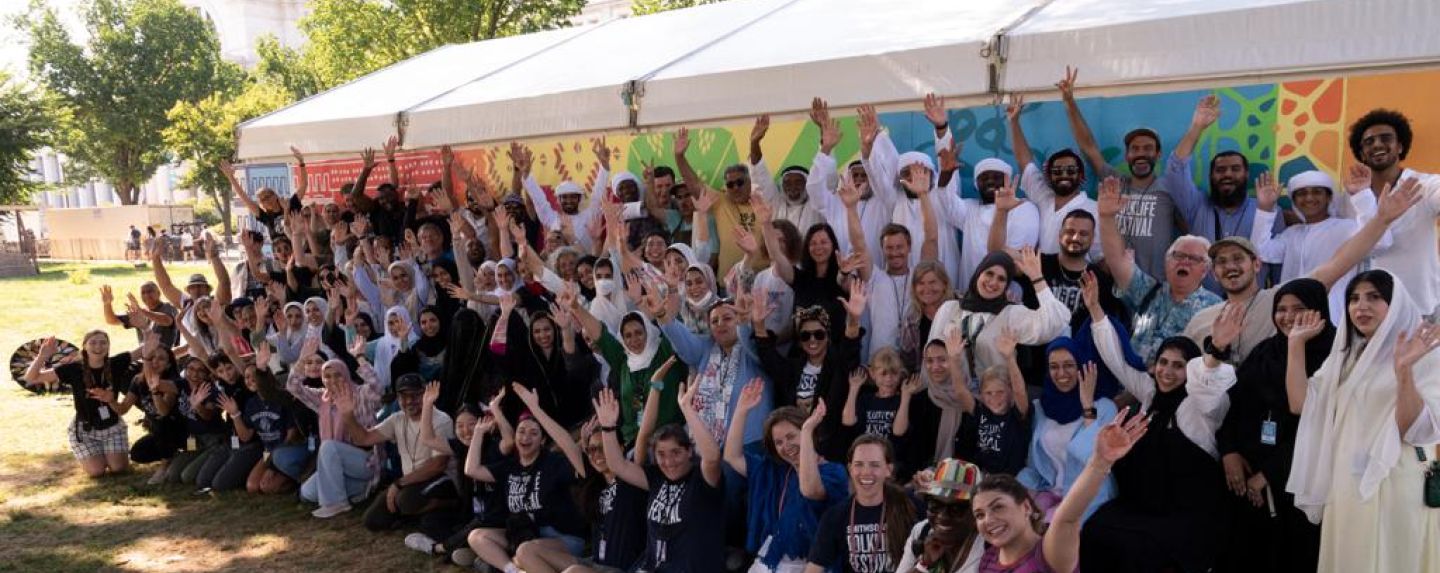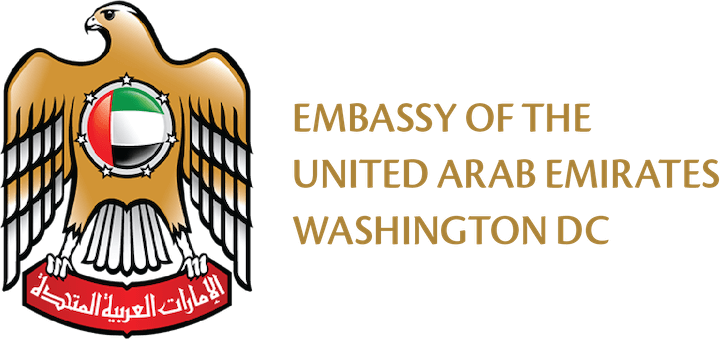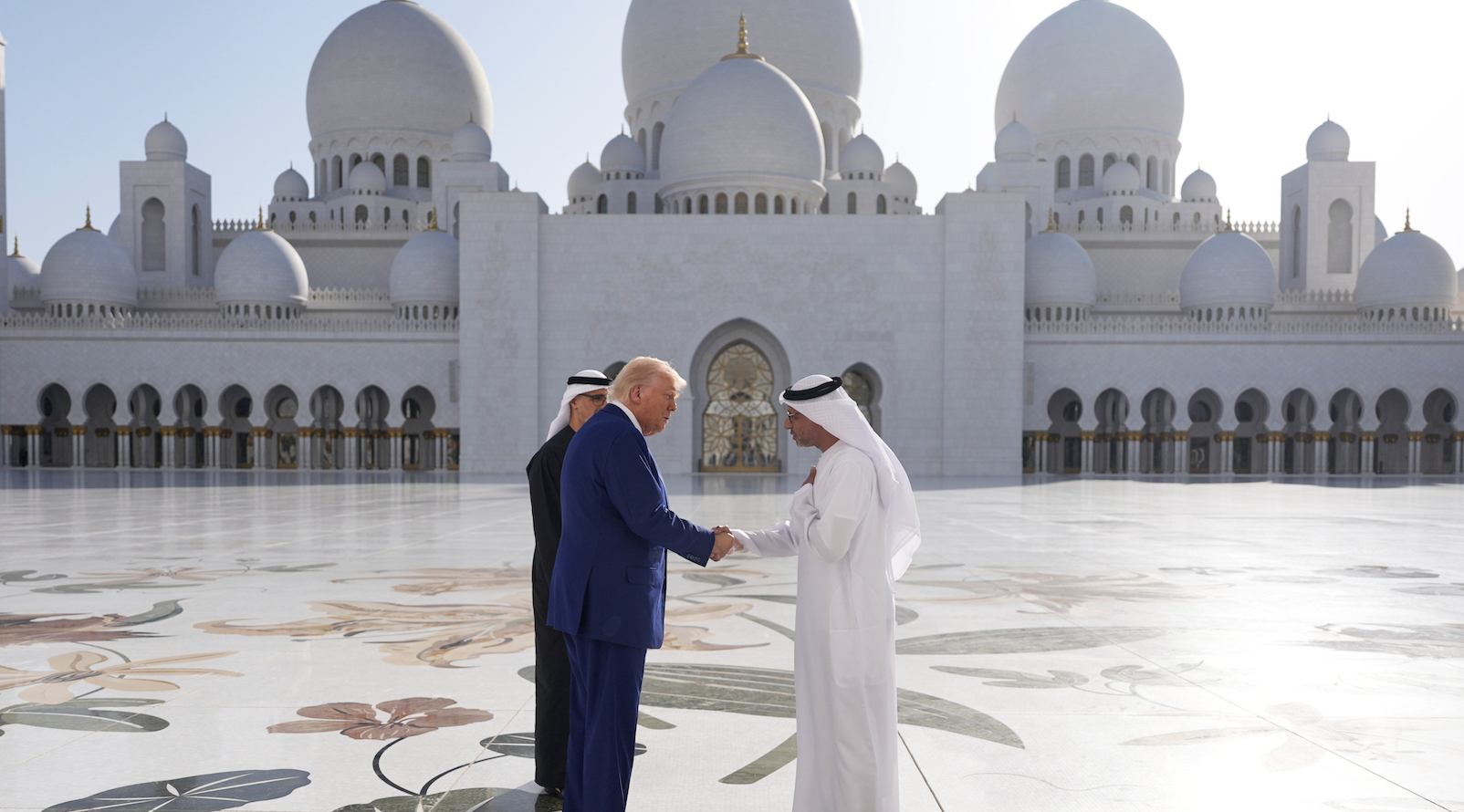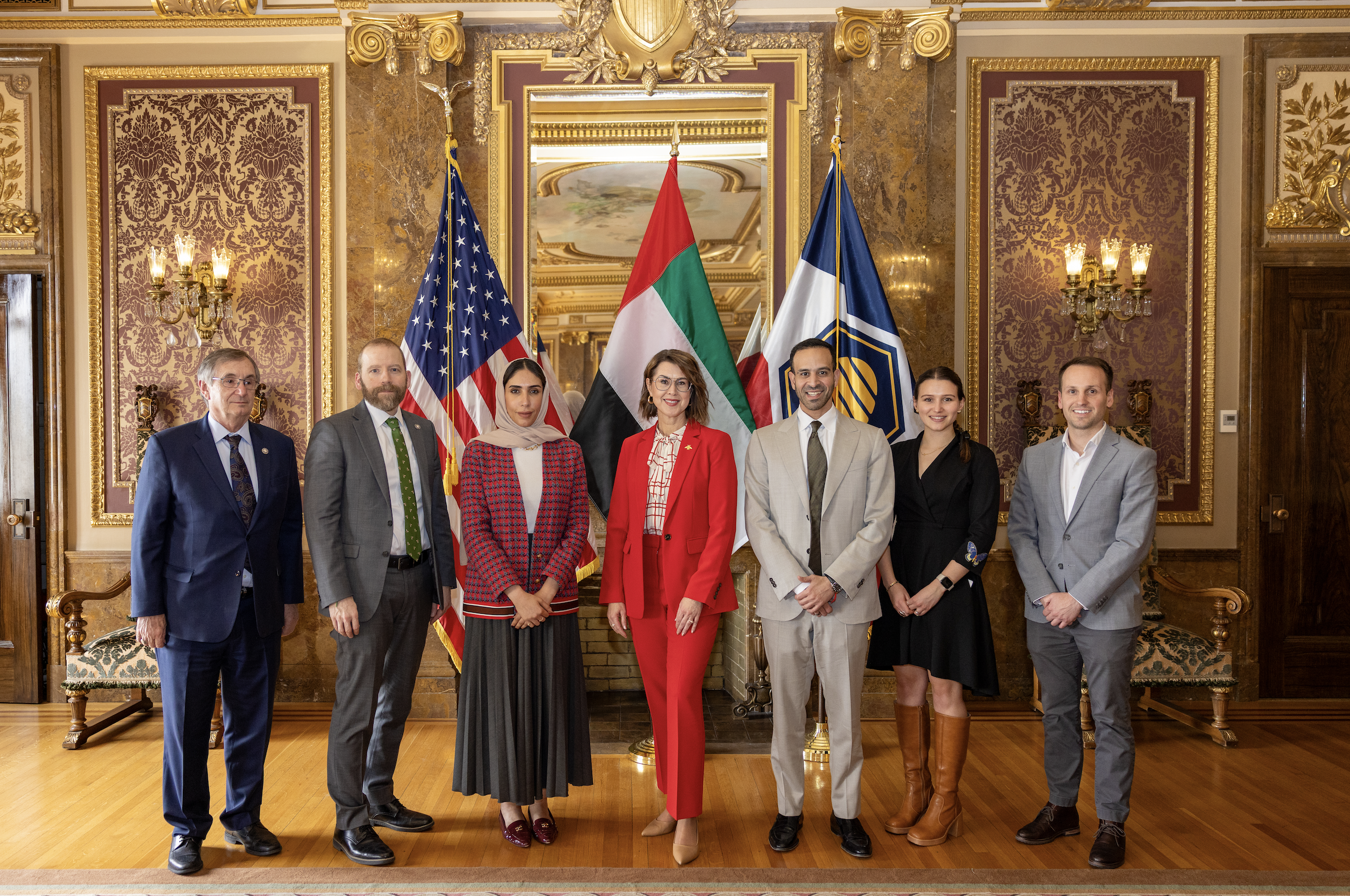
The aroma of Arabic coffee clung to the hot summer breeze.
The sound of contemporary Arab music, complemented by the rich notes of the traditional oud, carried across the bustling crowds.
Were it not for the backdrop of the Washington Monument and the US Capitol Building, I would have believed that I had been transported back home to the UAE.
These were the scenes from the 2022 Smithsonian Folklife Festival, which took place over two weeks on the National Mall in Washington, D.C.
This year’s festival showcased distinct elements of the UAE’s cultural heritage through artisanal and culinary demonstrations, poetry and musical performances, storytelling, films and workshops, led by over 80 participants who were flown in from the Emirates.

The festival exhibition, United Arab Emirates: Living Landscape | Living Memory, was the product of three years of close collaboration between the Smithsonian Institution and the UAE Ministry of Culture and Youth, the UAE Ministry of Foreign Affairs and International Cooperation and the UAE Embassy in Washington, D.C.
It was the first nationally recognized event in the US to highlight the Emirates’ diverse traditions and unique culture. And the fact that this event took place on the National Mall – a place that has witnessed so much history – made the experience even more meaningful.
I had the immense pleasure of visiting the festival on several occasions during its two-week runtime. It was an absolute delight to watch the exhibitors from the UAE show off their skills, crafts and artwork with such pride.
I was also deeply moved while watching the many connections being made between Emiratis and Americans at the festival.

Eight-year-old Osha Al Mansoori, the UAE’s youngest female falconer, demonstrated kindness and patience to the many young Americans who were learning for the first time about this traditional sport and symbol of UAE’s heritage.
Similar crowds gathered around elderly UAE maritime craftsmen creating fishing nets and baskets, transfixed on their delicate craft.
Americans of all stripes listened to the traditional, plaintive songs of pearl divers with rapt attention and always had many questions about UAE history for resident pearling expert Mustafa Al Fardan.
But my proudest moment at the festival was to witness the rich diversity of the UAE’s participants.

Egyptian Hattem Mattar and Omani Mommin Al Rawahi, who both now call the UAE home, showed off their unique (and delicious!) styles of barbeque.
Dorian Paul Rogers, a US expat in the UAE, demonstrated his fascinating blend of hip-hop and performance poetry to captivated audiences.
And Emirati artists of determination, Asma Baker and Abdulla Lutfi, led the first panel on the National Mall to be comprised solely of people of determination.
We in the UAE are so deeply humbled and proud to have been able to give a platform to such a diverse range of people who call the Emirates home.

While visiting the festival, Yousef Al Otaiba, UAE Ambassador to the US, had the opportunity to speak with several American tourists. Two visitors remarked that they had come back to the festival majlis numerous times and that they now consider it their home. “Our home is your home,” replied the Ambassador.
This is ultimately what we hope Americans took away from their time at the festival.
That we, like the US, are a hospitable nation with a rich culture and history.
That we, like the US, are a diverse country, made stronger by our multiculturalism.
That we, like the US, are forward-looking and driven by a deeply innovative populace.
And that although we may live on opposite sides of the world, much, much more connects us than divides us.
Header photo by Sonya Pencheva, Ralph Rinzler Folklife Archives and Collections, Smithsonian Institution






